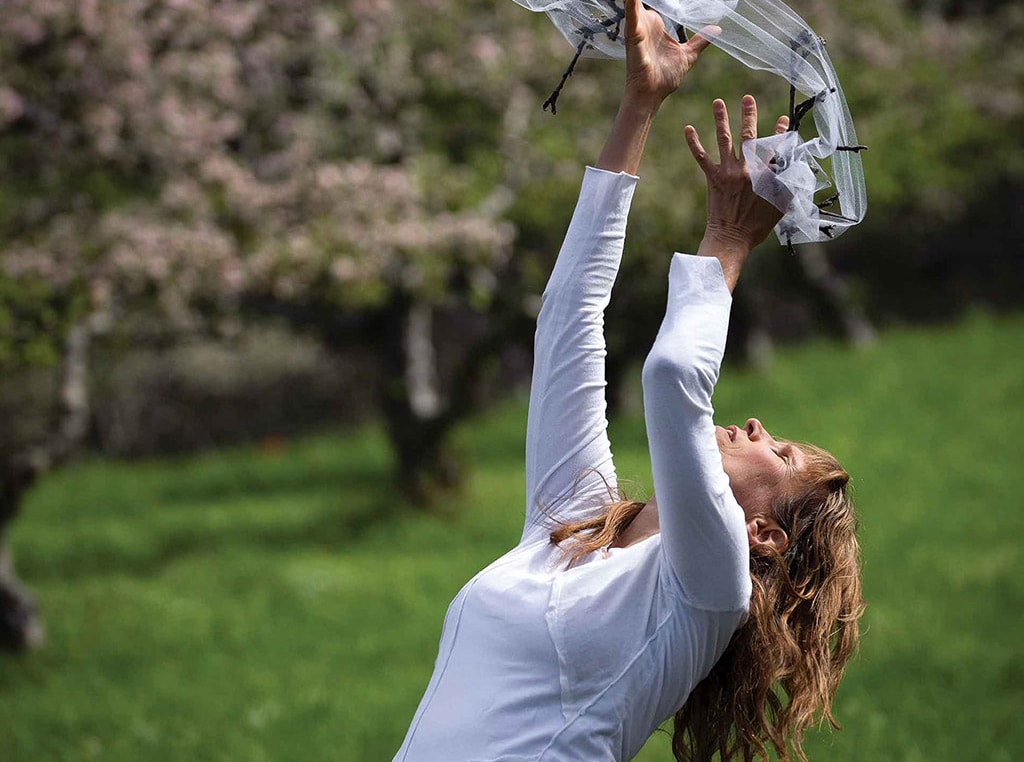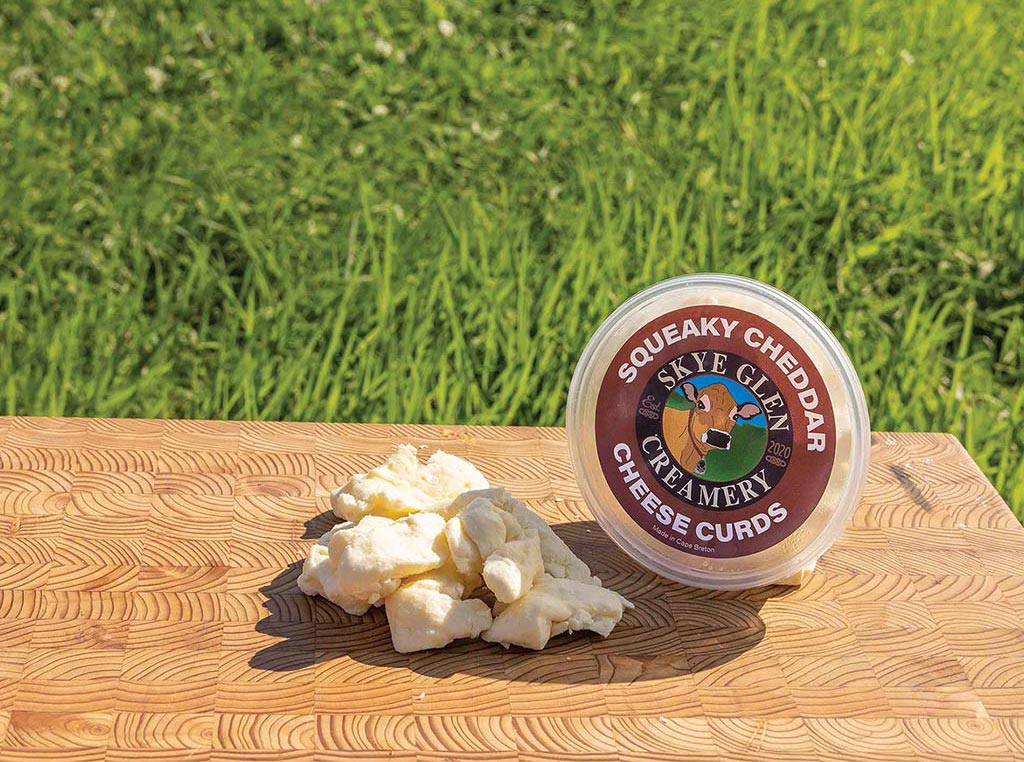Agriculture, Livestock/Poultry September 01, 2022
For the love of duck
.
Duck producer finds success in high value markets.
Not everyone finds their life's work when they are still a child. But Sébastien Lesage fell in love with ducks when he was just eight years old, after his parents gave him an incubator to hatch duck eggs. Four years later, family friends visiting from France convinced him to try gavage (force feeding) ducks to make foie gras. He'd found his calling.
"I started by raising six ducks over the summer," Lesage say. "I'd then do gavage for three weeks in the fall to make foie gras."
This experience later motivated Lesage and his ex-wife to launch Le Canard Goulu, a vertically integrated duck operation near St. Apollinaire, Quebec, in 1997. What sets Lesage apart from other duck producers is using gavage the last two weeks of a production cycle to finish their ducks.
Ancient process. Gavage dates back to the ancient Egyptians. They noticed that the fat ducks stored as they prepared to migrate and that made them more flavorful. They sought ways to duplicate.
The French revived the modern foie gras industry after corn was introduced to Europe in the 16th century, Lesage says. Ducks' livers transform the carbohydrates in corn into fat and store it in their livers to create an energy reserve they can use during migration.
Workers at Le Canard Goulu insert a rubber tube into a duck's crop, a muscular pouch located on the front of their neck, to feed them a small portion of corn meal slurry, like polenta. Meals initially are very small but increase daily for the first week. Altogether a bird receives a total of 27 meals this way over the two week period.
"People think that we're forcing them to eat, but you never force a duck; they won't digest if they are stressed or overstimulated," Lesage says. "It's like when we eat at a buffet, when you're full, you stop eating. It's important our workers learn how to read a duck's signals to understand how big a meal it wants. One duck might want a light meal, another might take a full meal and the next might want nothing at all. We keep the light low, mist them to keep them cool in the summer months, and play music all the time as well. We make sure they are in a peaceful environment to help them digest."
Lesage stresses that foie gras is not a sign of fatty liver disease. If ducks migrated after the feeding process like they do in the wild, they'd burn off the extra fat.
The farm now raise and process 35,000 Muscovy ducks annually in their on-farm facility to produce foie gras. It's sold in prestigious restaurants and fine food outlets across Quebec. They also make other high-end duck products ranging from duck magret (duck breast) to ready to heat products like cassoulet and duck leg confit. Lesage created the recipes used for their products. He also developed a foie gras gravy that's used to make Quebec's ever popular poutine (French fries, gravy, and cheese curds). Some use it as a substitute for Hollandaise sauce with eggs Benedict. Their duck sausage and tournedos are very popular during barbecue season.
Lesage hopes to build a new federally accredited slaughter facility so he can sell his products across Canada. His goal is to sell 100,000 ducks a year before he retires.
"But the taste must still be there," Lesage says. "I still want people to come say 'I'm so happy you make good products; they made our special day perfect.'" ‡
Read More

SPECIALTY/NICHE
Art & the Apple
This orchard comes alive with fine art and fine apples.

AGRICULTURE, LIVESTOCK/POULTRY
Chasing the Dream
Couple finds their dream far from home.


